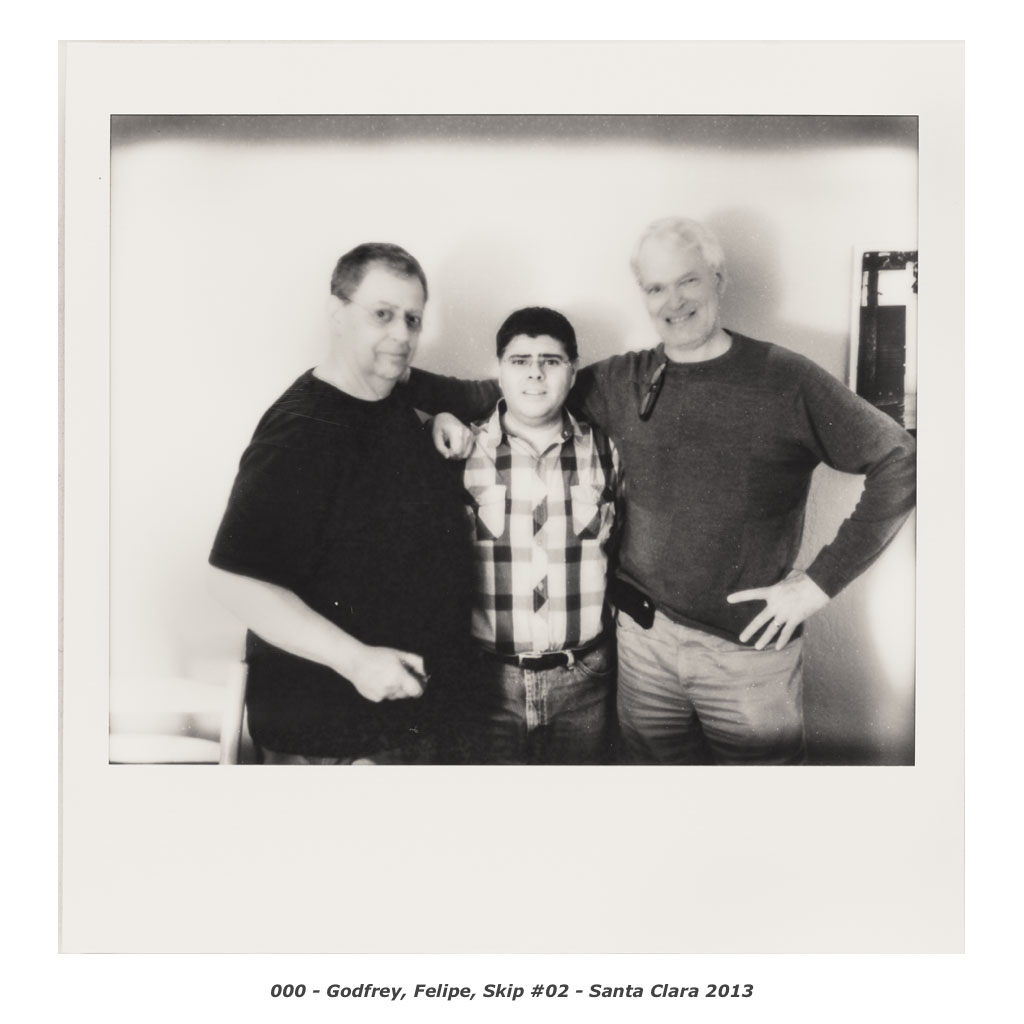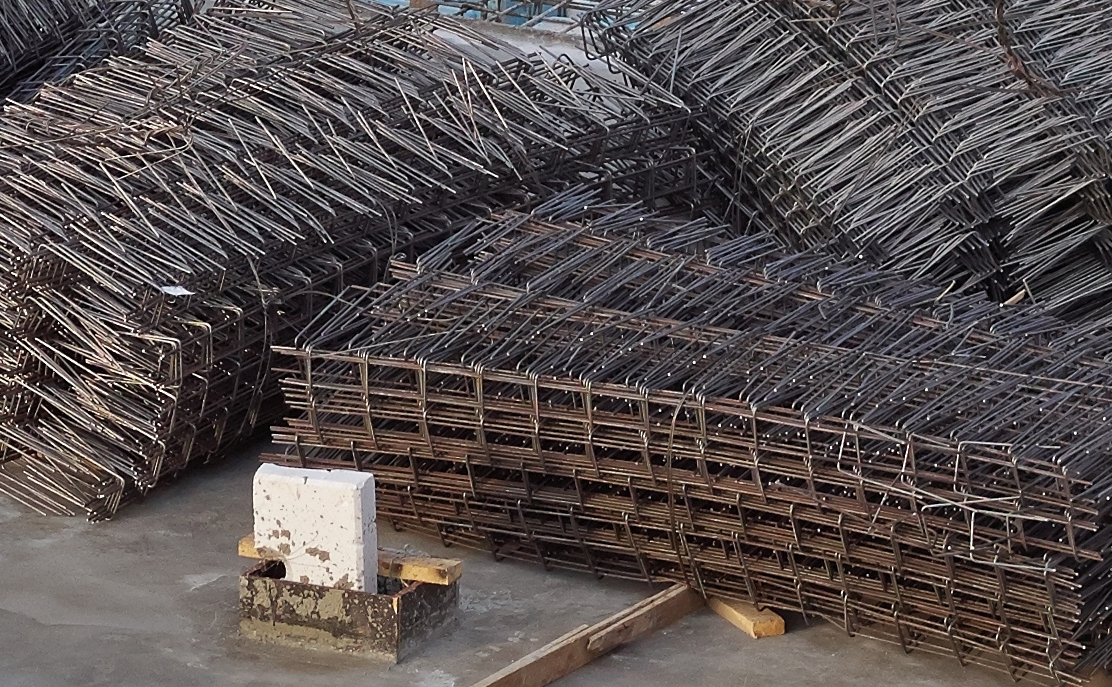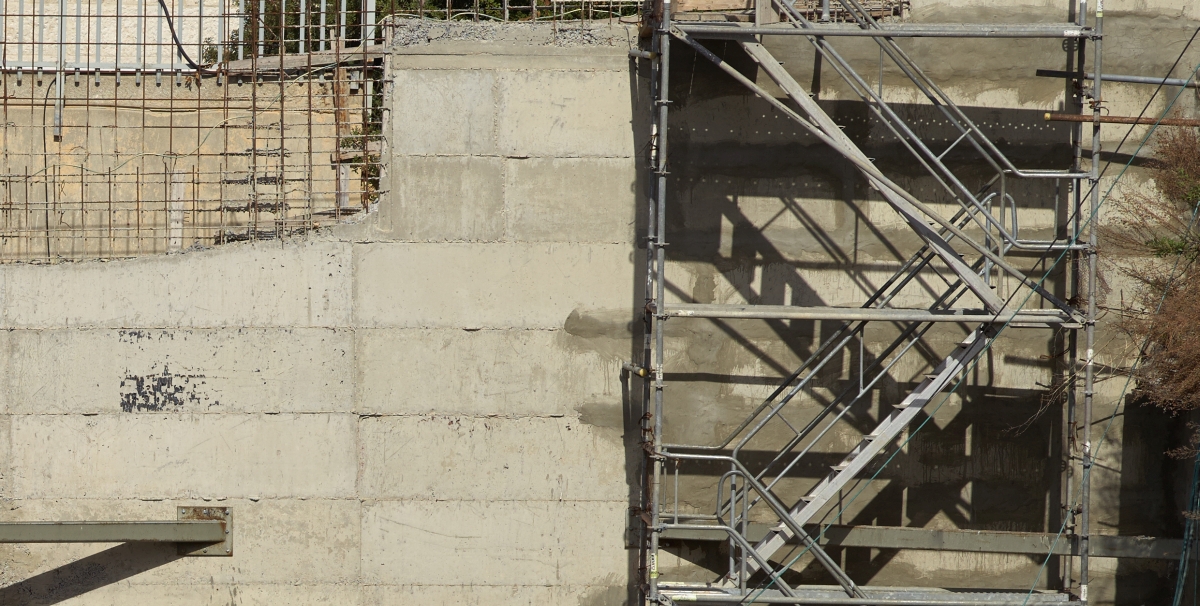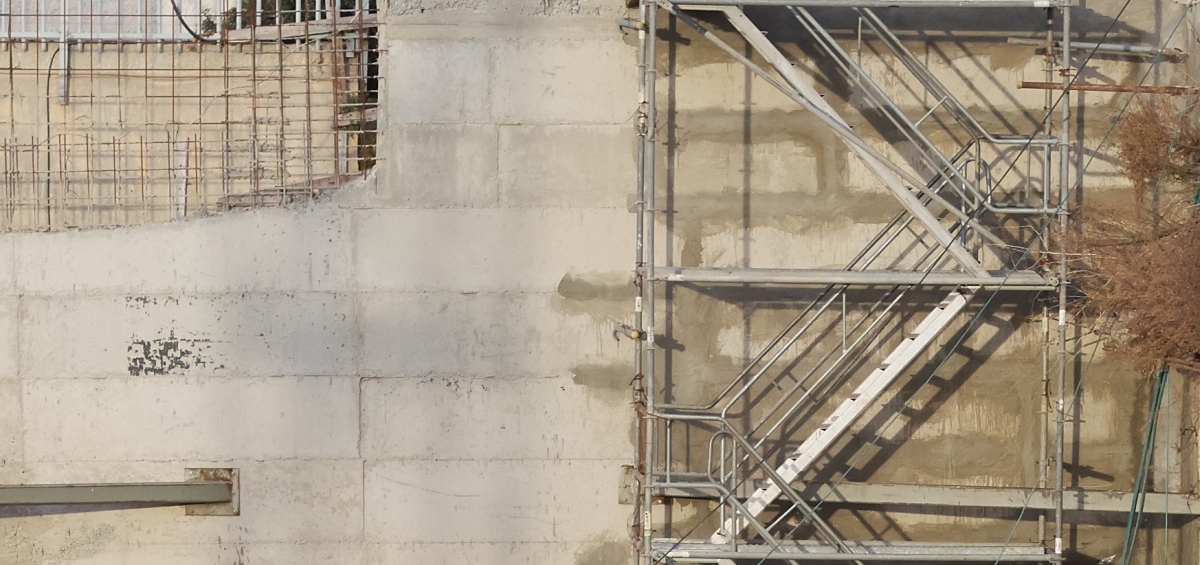So as advertised, I spent the past weekend in Yosemite with a rental EM-1, and I thought I'd follow up here.
On the extremely sensitive or short throw shutter release, I must have had at least 15 accidental triggers of the shutter due to it. The most annoying being while shooting starts (hrmm, 30 seconds wasted). Cold hands made for more likely triggering as there just isn't any forgiveness in it that I can find. The funny thing is there is a menu item to seemingly make it even mores sensitive. Since I use IBIS turned on when the shutter is half pressed, this remains a challenge for me. Also oddly, there is significant travel in the shutter button with good resistance, but it is all after the shutter has triggered. Just strange to me.
The viewfinder, what can I say other than sweet? Just a pleasure to use.
The feel of the camera is very good in my hands. VERY.
The fn1 button up by the thumb rest is a total candidate for accidental tripping for me also. I had it set for bracket and was hitting it constantly. I think I would either just set it off or set it to something like peaking which I wouldn't mind being accidentally triggered.
I had the AFL/AEL button set to AF lock with the shutter half press set to AE lock. This is my standard setup with my EM-5. My thumb did a lot of searching between the AFL button and the info button (two buttons I use a lot on the EM-5).
I had the fn2 button set to peaking, but in hindsight, I might move AF-L to that button instead. Not sure.
I ignored the lever around the AF-L button as I just set ISO and WB via the control panel.
I didn't notice IBIS being any better, but I wasn't pushing its capabilities, either.
Quality of images seems about the same to my eye with that of the EM-5.
Focus peaking and shooting with the 60 macro was a treat. Although I wish peaking would stay on when the shutter was half pressed. This came into play when I was shooting clusters of moving lady bugs. If I could put AE-L on a different button from AF-L, maybe this wouldn't concern me.
A totally qualitative comment. It took me far less time to be up and running with the Fuji XE-2 rental than it did with the EM-1 even though I am quite familiar with Oly's menu "system" and method of doing things.
So, I've mentioned lots of niggles and things. Did I have fun with it (you bet

). Would I buy one over an EM-5? Mixed bag, not sure. Is it a heck of a camera? Oh yeah. Did I settle down with it over the weekend? Yep. Did I periodically grumble when something triggered accidentally? Grumble, Grumble :banghead:. If there was no EM-5, would I buy one? Yep.
Doug



crop.jpg)



